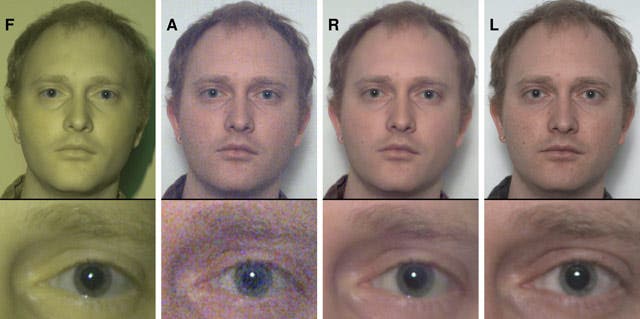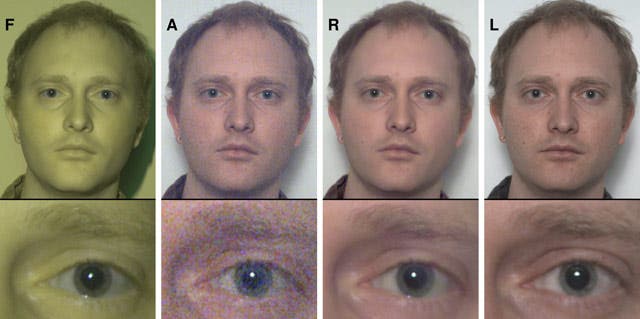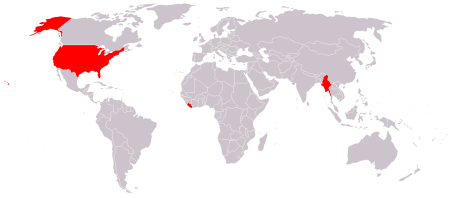As any amateur photographer can tell you, in order to take a clear picture, you require a good light source; so in poor light conditions, the solution was the intense flash. However, there are some obvious disadvantages.
Still, computer scientist Rob Fergus started thinking if we actually need such an intense light source, or if we could actually develop some sort of invisible flash that would solve the inconvenient that come with the traditional camera flash.

So one year later, the end result was a camera that emits and records light outside the visible spectrum. Practically, the prototype emits a flash, but you just don’t see it, and the photographs are as good as old-school flash ones. How does it work ? Well, usually, cameras have a filter that prevents any type of light from the infrared spectrum. For this innovative camera, Fergus replaced the filter; the UV however, was a little trickier. His camera could already detect UV, but sending it out, that was a real challenge. So he employed the help of some hobbyists that use UV photography to reveal hidden patterns on flowers: landing strips for insects, polinators, etc.
So the camera is done, but is it any good ? Well, it most definitely is. as you can see for yourself.
“Most pictures you take with a flash look quite crappy,” says Ankit Mohan, an expert in camera technology at the Massachusetts Institute of Technology says. “They look kind of flat, you get the red-eye effect, and one part of the scene is always much brighter than another part. But the problem of capturing a picture with no flash is that you don’t get detail. By combining the two you get the best of both worlds.”
Despite the comfort advantages it provides, this development is also quite useful in some fields.
Cramer Gallimore, a professional photographer based in North Carolina, believes dark-flash photography has great potential. “You might be able to take high-quality photographs of wildlife without disturbing them,” Gallimore says, “and for forensic photography, it would be very useful to have technology like this that could switch between infrared technology and visible light photography to record certain traces of human activity at a crime scene.”
Source: Popular Mechanics









